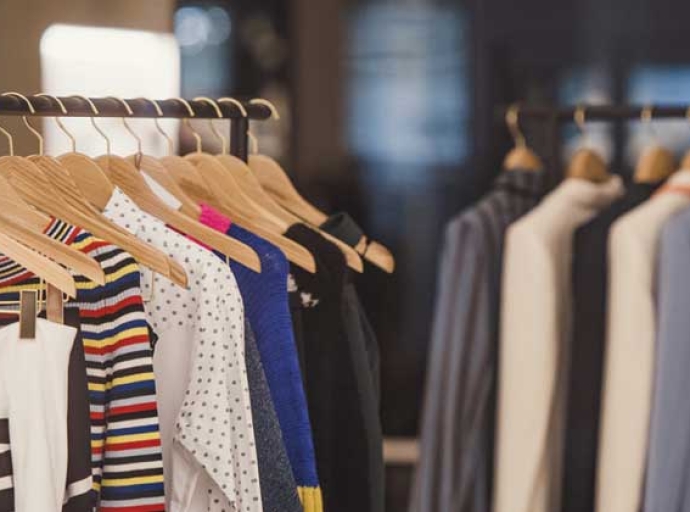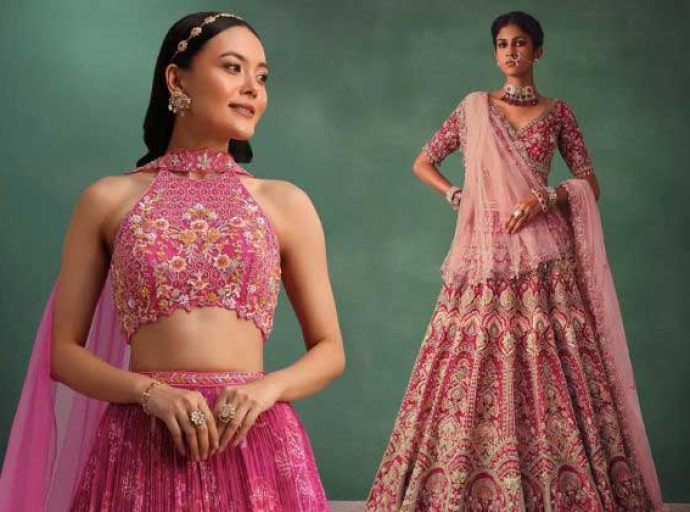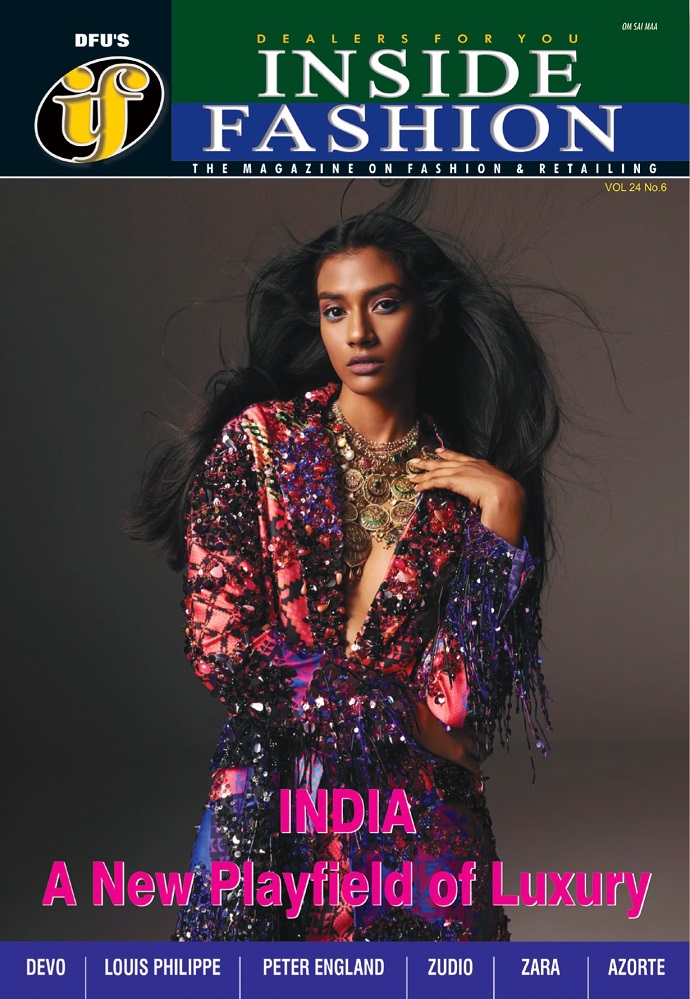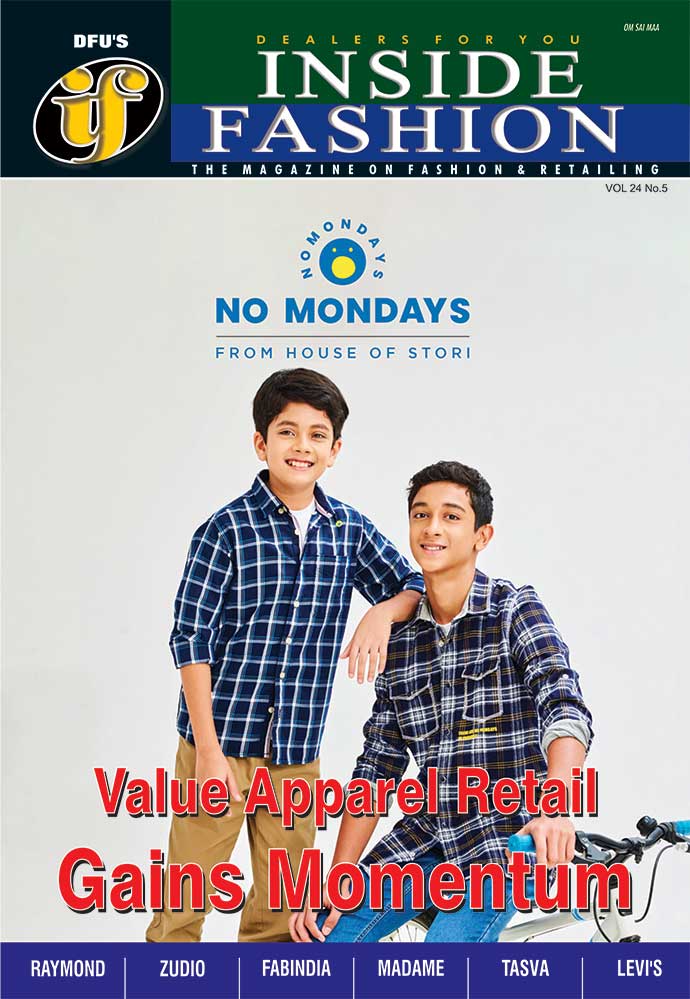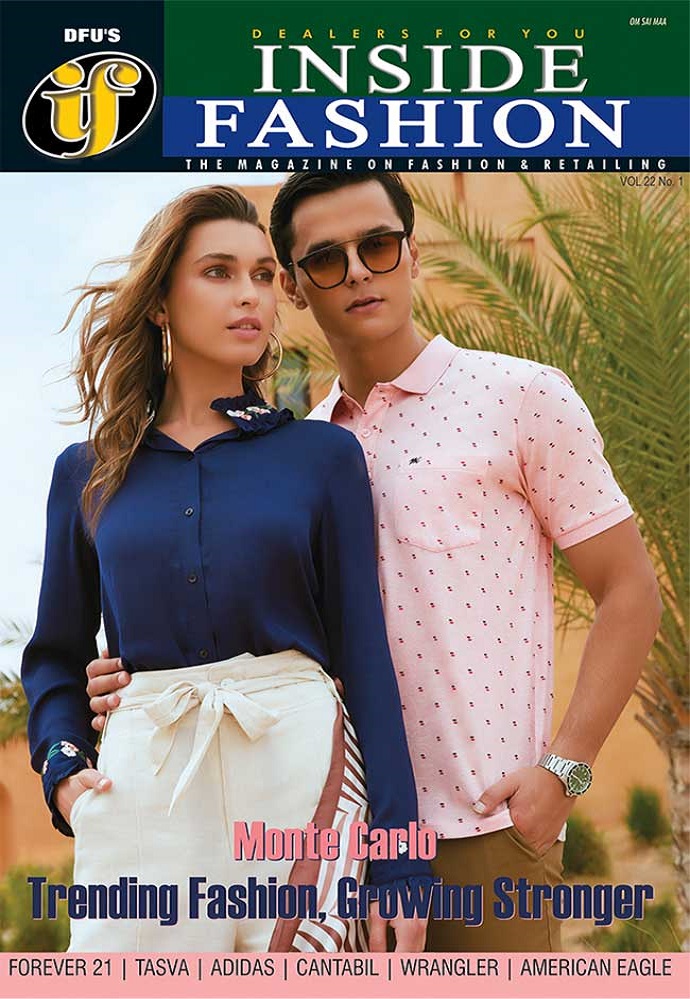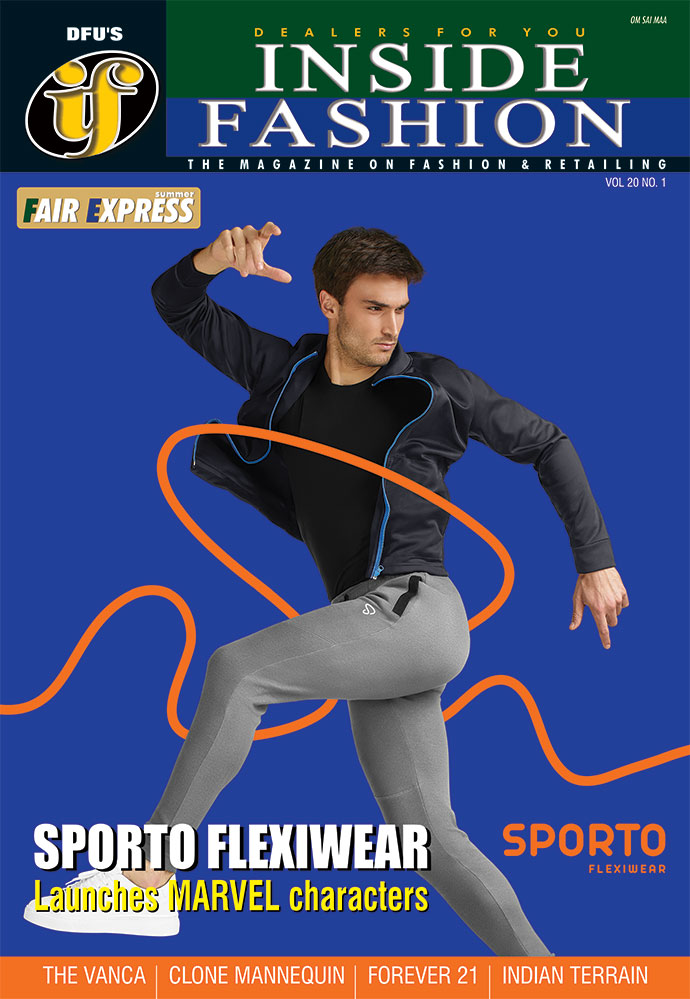18 August 2025, Mumbai
For decades, the Indian fashion and apparel market has been a battleground of national and global brands, each vying for a slice of the consumer’s wardrobe.
Yet, while big names have commanded the limelight, another force has been quietly reshaping the industry, private labels.
From bustling retail chains to fast-growing online marketplaces, these in-house brands are stealthily winning consumer trust, capturing market share, and rewriting the rules of value and style.
A study by Technopak Advisors reveals that private labels now account for 8-10 per cent of India’s total fashion and apparel market, with growth projections of 15-20 per cent CAGR over the next five years nearly double that of established national brands.
The momentum is being led by a mix of factors like affordability, quality, and agility in trend adoption, all tailored to an increasingly value-conscious consumer base.
Fashion Guru
The consumer equation, value meets exclusivity
Today’s Indian shopper is a sophisticated bargain hunter who wants style and quality, but without the price shock.
Private labels hit that sweet spot by leveraging direct sourcing and efficient supply chains to keep costs low without sacrificing perceived quality.
This isn’t just an Indian phenomenon. In the US, First Insight’s report, The Quiet Takeover of Private Label, shows the global shift in perception: 72 per cent of consumers cannot tell private labels apart from national brands, and 77 per cent don’t care about how their store-brand purchases are perceived socially.
Watch
With 84 per cent trusting private label quality as much or more than that of national brands, the old stigma has all but vanished.
Indian retailers are taking notes. With slick packaging, in-store storytelling, and curated collections reflecting local tastes, private labels are turning browsing into buying. They also allow retailers to respond faster to emerging trends, creating a sense of exclusivity and freshness that keeps shoppers coming back.
Reliance Retail’s private label powerhouse
Reliance Retail for example, has built a formidable private label portfolio under banners like Avaasa (ethnic wear), Rio (contemporary western wear), and Teamspirit (activewear). By marrying deep consumer insights with nationwide distribution, Reliance has transformed these brands into household names. Their formula: style variety, affordability, and accessibility backed by a network that ensures nationwide presence.
WATCH
The retailer advantage
For retailers, private labels aren’t just an additional product line they’re a strategic asset. As they give higher margins. Direct sourcing reduces dependency on external suppliers, cutting costs and boosting profitability.
Private labels also render brand identity. Exclusive in-house brands create a unique market position and strengthen overall brand recall. It also gives them full control, from product design to pricing, retailers control every lever, enabling swift response to trends. Private labels give shoppers a reason to return exclusive styles they can’t find elsewhere.
DFU Profile
Table: Growth of private labels vs. national brands (estimated CAGR)
|
Category
|
Private labels (CAGR %)
|
National brands (CAGR %)
|
|
Apparel
|
16-22
|
8-12
|
|
Footwear
|
14-18
|
6-10
|
|
Accessories
|
18-25
|
10-15
|
|
Ethnic Wear
|
15-20
|
7-11
|
|
Western Wear
|
17-23
|
9-13
|
Source: Industry Reports and Analysis
The e-commerce catalyst
The digital marketplace has supercharged private label growth. Platforms like Myntra and Flipkart have built strong in-house brands Myntra’s Roadster, House of Pataudi, and Anouk; Flipkart’s Fashion Originals that enjoy prime platform placement, aggressive promotions, and data-driven product development. Moreover, Myntra’s data-first strategy enables it to track consumer preferences in real-time, quickly translating insights into new designs and collections. The leads to, high sell-through rates, better margins, and private labels contributing significantly to platform revenues.
Despite the promising growth, private labels in India face certain challenges. Maintaining consistent quality, building strong brand recall in a crowded market, and managing inventory effectively are crucial for sustained success. Also, competing with established national and international brands that have significant marketing budgets requires continuous innovation and a deep understanding of the target consumer.
However, the momentum behind private labels in the Indian fashion and apparel market is undeniable. As retailers continue to invest in design capabilities, sourcing efficiencies, and marketing strategies, and as consumers increasingly seek value and unique offerings, private labels are poised to play an even more significant role in shaping the future of Indian fashion. The quiet revolution is well underway, offering both opportunities and challenges for all players in the dynamic Indian fashion landscape.
LATEST FASHION NEWS






